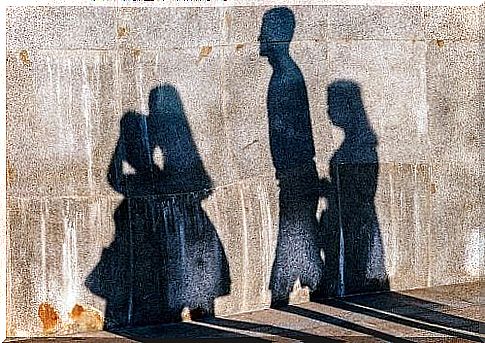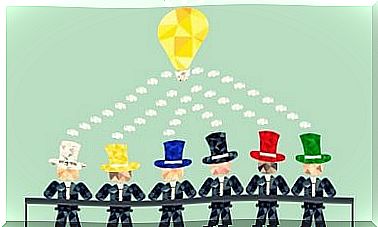Control Your Prejudices In Three Ways

What are your prejudices? Prejudice is positive or negative attitudes towards groups of people or towards members of specific groups. We use prejudice to evaluate and label people we don’t know. For example, you meet a gypsy.
You believe that all gypsies can play the guitar well. As a result, your interaction with this person will be determined by your previous belief. So you will impact that this person is a good musician.
Prejudice helps to maintain the hierarchy of status between different groups. Fortunately, there are several ways you can control and reduce your prejudices.
Experts believe that prejudice contains three elements. Stereotypes are the cognitive component. They represent the mental image you have of a group. Another element is the emotional component.
These are the feelings you experience in connection with a group of people. The last element is behavioral. Discrimination is the reflection of this component. This is a negative behavior that you display towards the group you are prejudiced against.
We’ve mentioned it before. Prejudices are attitudes towards groups of people or towards members of that group. Social psychology has developed several ways in which you can control your prejudices. These methods are based on the theories of categorization and social identity.
Control your prejudices by rearranging them
We are human beings and tend to put everything into categories. So we divide people up and put them in certain boxes. Categorization means that we favor those people that we include in our categories.
However, we feel prejudice against the people in other categories. So if you want to control your prejudices, you need to make the boundaries of these categories more flexible. There are three ways to do this.
Decategorization
This consists in seeing the members of other categories as individuals rather than just as part of a group. This method will help you to control or reduce your prejudices.
Instead of seeing someone as a “member” of another country, you see them as an independent person. That is one way to develop a more positive attitude towards someone.
cross pollination
This technique is all about emphasizing the common elements that opposing groups possess. When you make people aware of the categories they share with each other, they experience a more positive feeling for each other.
Perhaps you practice a different religion than mine. However, we have the same gender and nationality.
Recategorization
This consists of creating a new category. This category then includes the members of several other categories. We give an example. We are Spaniards and French but we are also Europeans.

Reducing your prejudices through a common group identity
The reordering technique is the method that researchers have researched most. When we create categories, we form identities. For example, if I classify myself as a woman, I will form an identity as a woman.
To then encourage reordering must create more inclusive (included) identities. Those are identities that encompass my identity and that of others.
We give an example. I identify as a woman and you as a man. So I will more often favor and prejudice the members of my group against the members of your group.
A common identity increases helpful and collaborative behavior. This means that the more people who are part of the identity, the more benefits the group experiences. However, that is not the only effect. Let’s go back to the previous example for a moment.
After all, the initial identities are not lost. We will still be women and feminists. You will still be men and feminists. It means we have a dual identity. So there may be another group with a different identity. Yet they too are members of our group.
The problem is that social identities don’t all become active at once. The identity that is most important at any given moment is the identity that is activated.

Reducing prejudice through contact
The contact hypothesis is closely related to the strategies by which we categorize. This theory states that it is possible to reduce prejudice by increasing contact between members of different social groups. This is also true when members of your group build close relationships with members of other groups.
However, this hypothesis only seems to be true under specific circumstances. Indeed, these conditions favor contact between members of different social groups. These are the conditions:
- There must be social and institutional support. This will promote contact.
- The contact must last a long enough time. So there must be enough time to ensure that the relationships between the group members are important.
- The participants (the people who are in contact with each other) must have the same kind of status. The situation of both groups should also be the same.
- In addition, the groups concerned must have common objectives. This common interest should also create relationships of cooperation.
In general, there are many different ways to reduce prejudice. And guess what? Creating a category of just “people” would be the perfect way to end prejudice.
Yet people have a hard time identifying as human beings. It therefore complicates the feasibility of this choice. Perhaps a common enemy from another planet will help us identify ourselves as humans or Earthlings and completely end prejudice!









